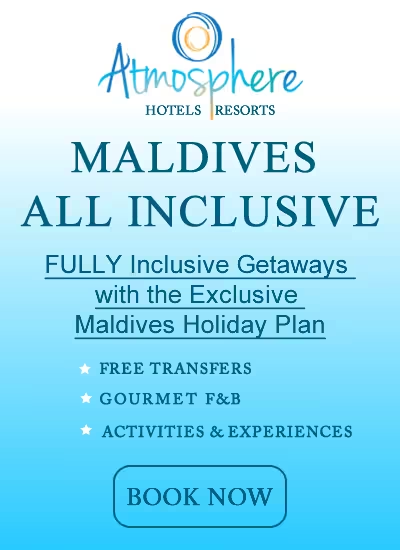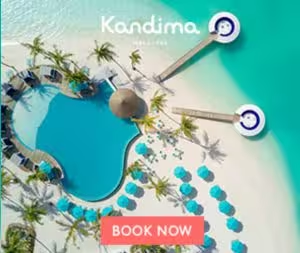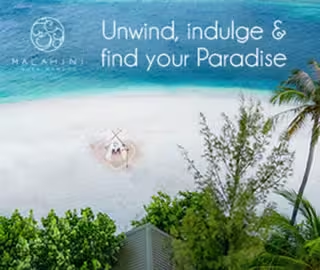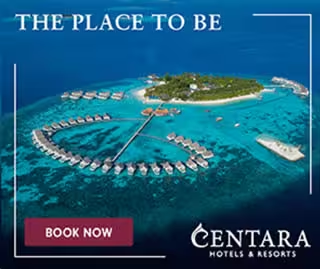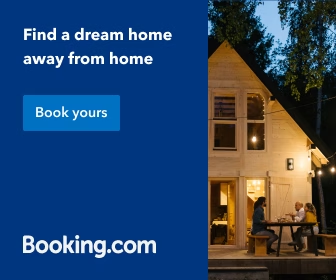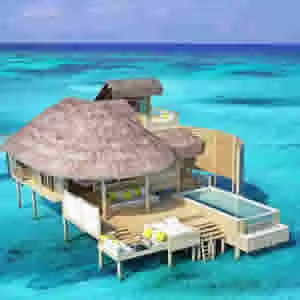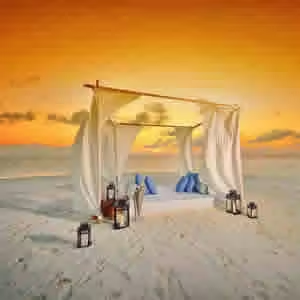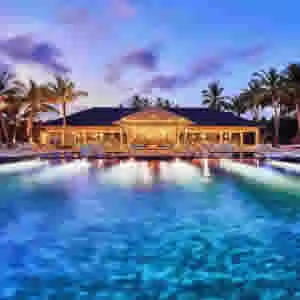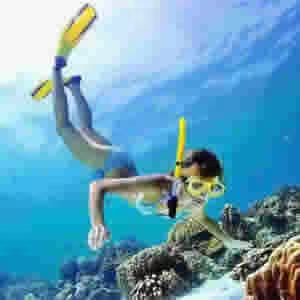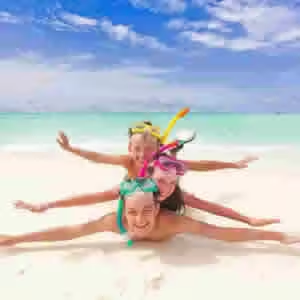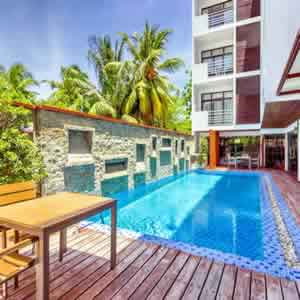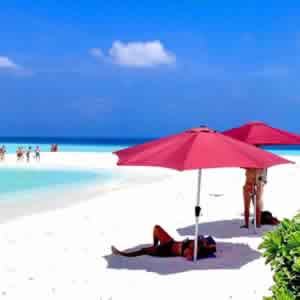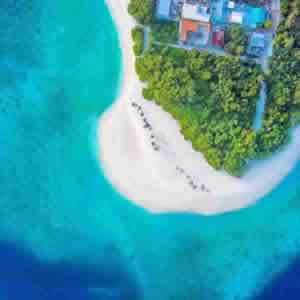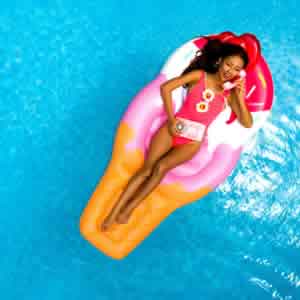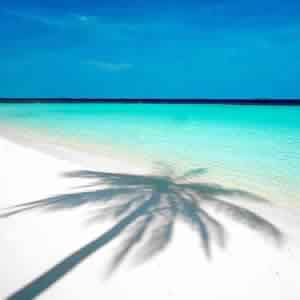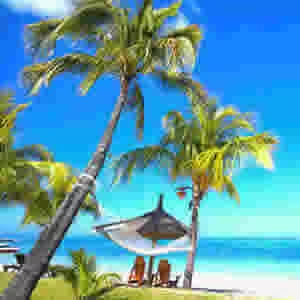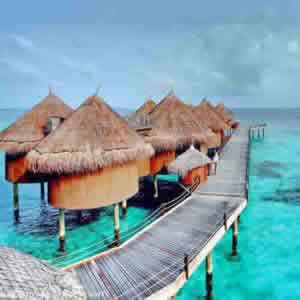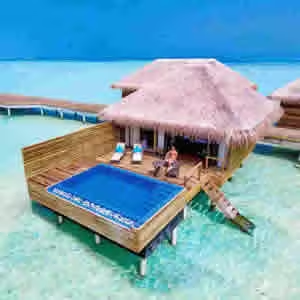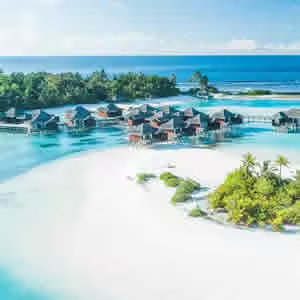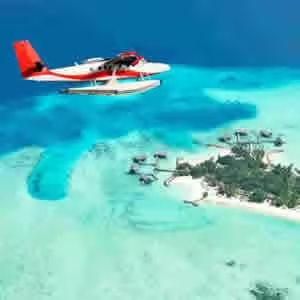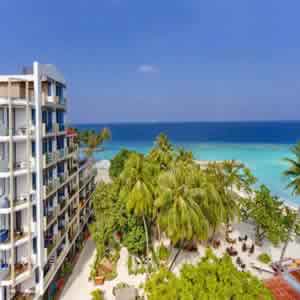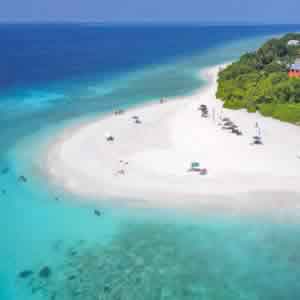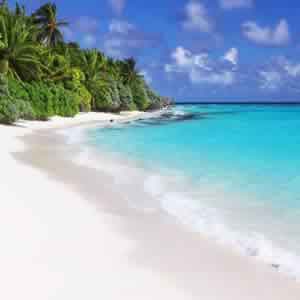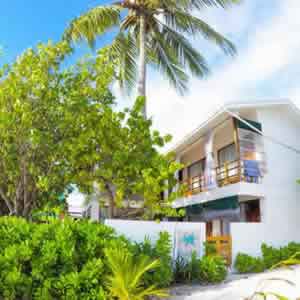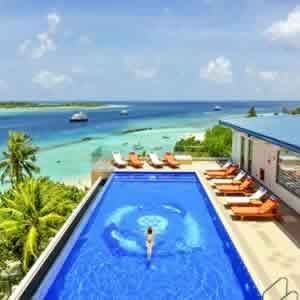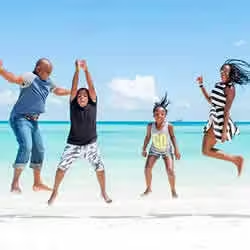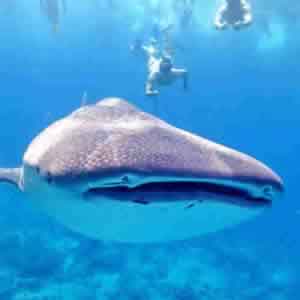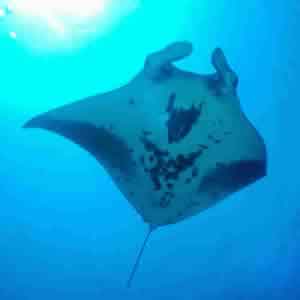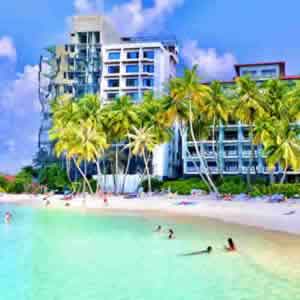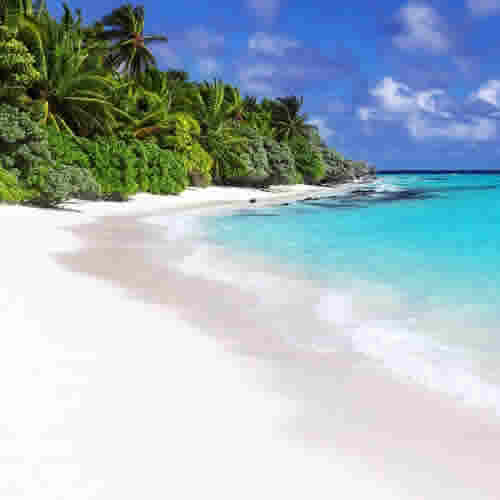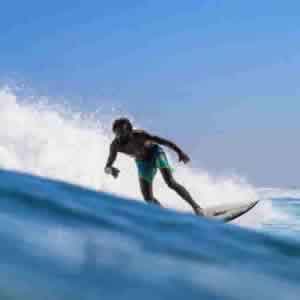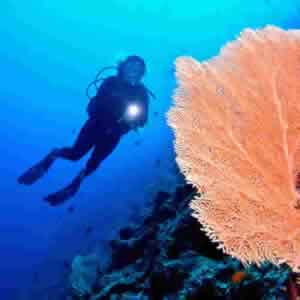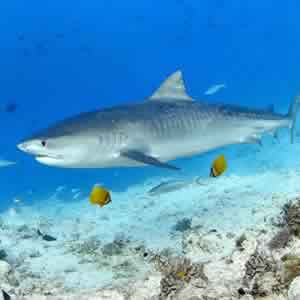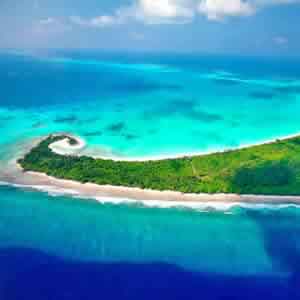What to See in Malé
Experiences and Activities in the Maldives
May, 2021
The capital of the Maldives, Malé is the throbbing, mercantile heart of the nation, a densely crowded and extraordinary place, known mainly for that which contrasts sharply with the laid-back way of life in other parts of the country.
Malé (mar-lay) offers the best chance to see the real Maldives away from a reasort buffet and an infinity pool. Overlooking the tall, brightly colored buildings and surrounded by inimitable turquoise waters, Malé is a hive of activity, the engine that drives the economy of the Maldives, and a forum for the country's political struggle.
Malé city is also pleasant and unusual - non-alcoholic bars and restaurants coexist with shops and lively markets, and the general hubbub of the capital largely determines its image. This city island gives a chance to truly feel in the Maldives, to assess how well the human machinery works, and also to meet with the Maldives on an equal footing.
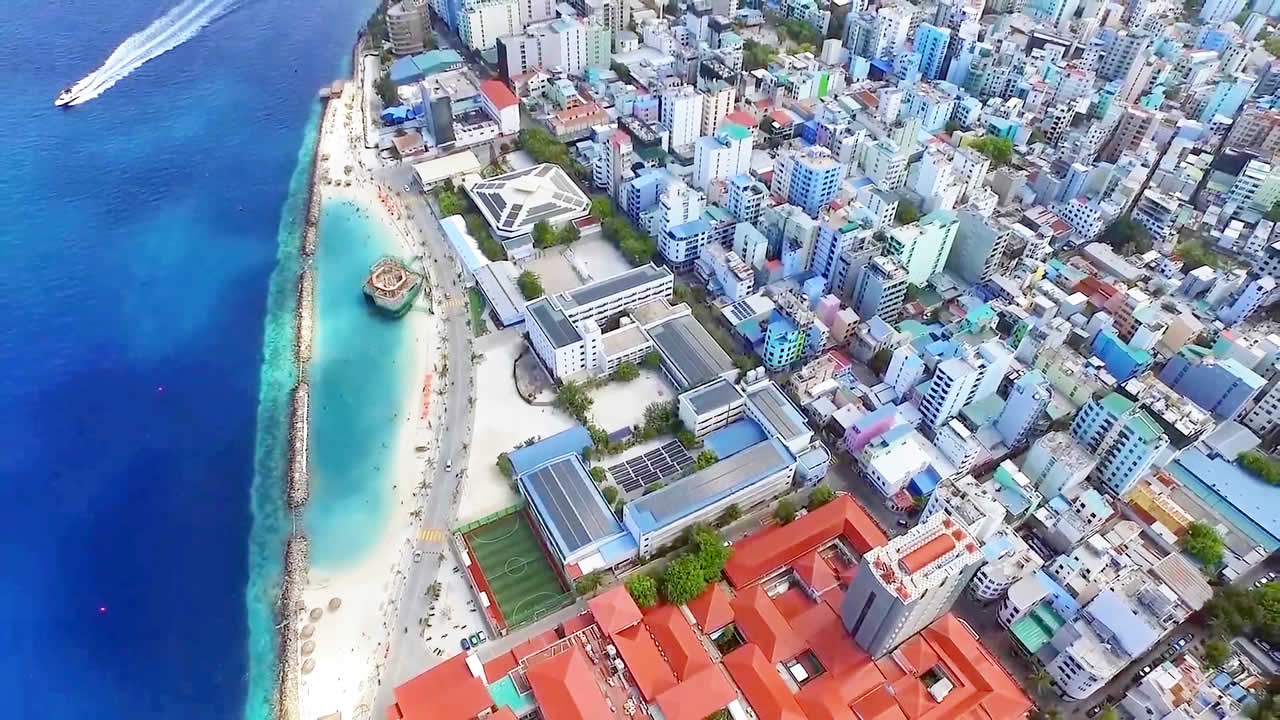
Fish Market
Fish Market is a must, that you can not miss. You may not be lucky when it's not busy, but there is a good chance that you will see every inch of a large, tiled floor covered with tuna. For the most part this is a striped tuna, with a lot of smaller - bonito. If you are lucky, you will also see impressively large and heavy yellowfin tuna and, probably, wahoo, marlin and hammerhead sharks, which replenish the range of the fish market.
What is interesting is an almost pure market where the price is constantly changing in accordance with predictions about the size of the catch of the day and on its arrival.
Nearby is the Vegetable Market, which is worth a visit to find out what fruits and vegetables are grown on the islands, and what products are produced from them. Note the betel leaves, areca catechu nut and white lime, which combine to give birth to the only legal alcohol in the Maldives.
On the other side of the street from these markets is the so-called Atolls Harbor. The boat line unloads local products and loads the imported goods of Male to return to their islands. On boats live thousands of Maldivian people, spending most of their lives in swimming, and adding more acuity to the life of the capital.
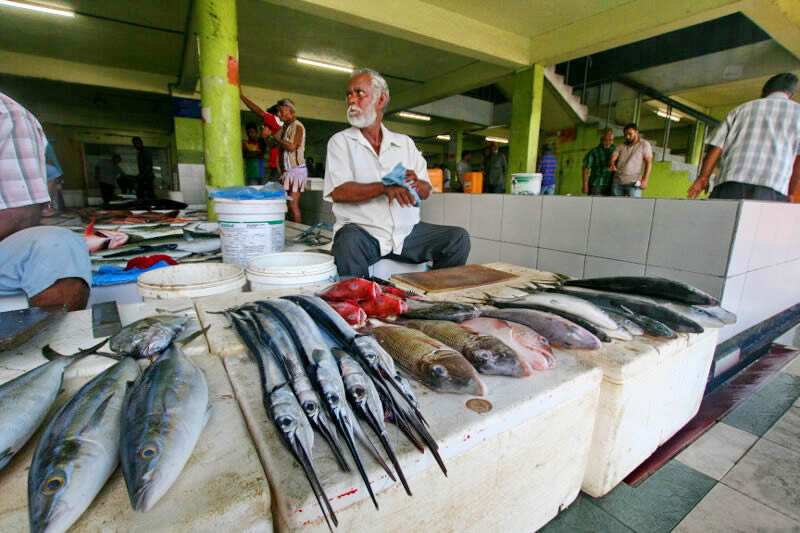
Historical and Cultural Places
Hukuru Miskiy
Hukuru Miskiy (Friday Mosque) is the most famous mosque in the country. More than ten mosques host Friday prayers in Malé, but this original is one in which sultans participate. It was built in 1656 on the site of the first Maldives mosque, probably built, in turn, on the site of the main Buddhist temple. Buddhism preceded Islam in much of this island country.
If you are not able to notice the remarkable carved panels, lacquering and bold calligraphy, faded red inside the mosque, then appreciate its intimate silence and splendor, and then examine the amazing coral carvings on the outside and above the tombstones. Stones with gold plaques on the tops are sultans, male graves, round ones are female. Twenty years later, the same sultan, Iskander I, after he was on the hajj, was built one of the largest minarets. It is described as a "model of Mecca."
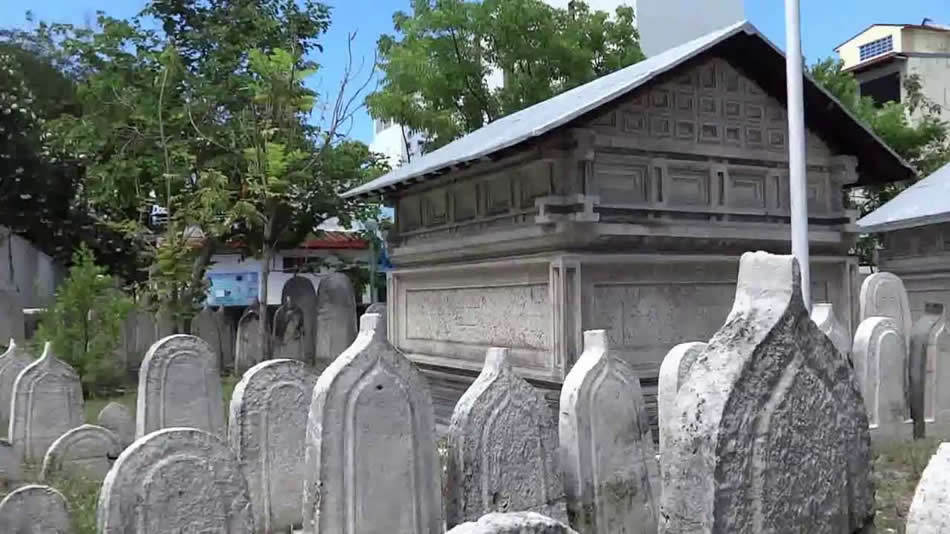
Medhu Ziyaariay (Abul Barakat Yoosuf Al Barbary Grave)
A beautiful minaret stands across the road at the last resting place of Abul Barakat Yoosuf from Tabriz in Persia, who turned the Maldives to Islam in 1153. It's called Medhu Ziyara.
Behind Ziyarat stands the former presidential residence, Muleeage. The original house was built in 1913 by architects from Sri Lanka, and the expansion of the building was completed in 1993. Former President Gaiuum two years later built a new presidential palace on Orchid Magu. It is called Theemuge after an early dynasty.
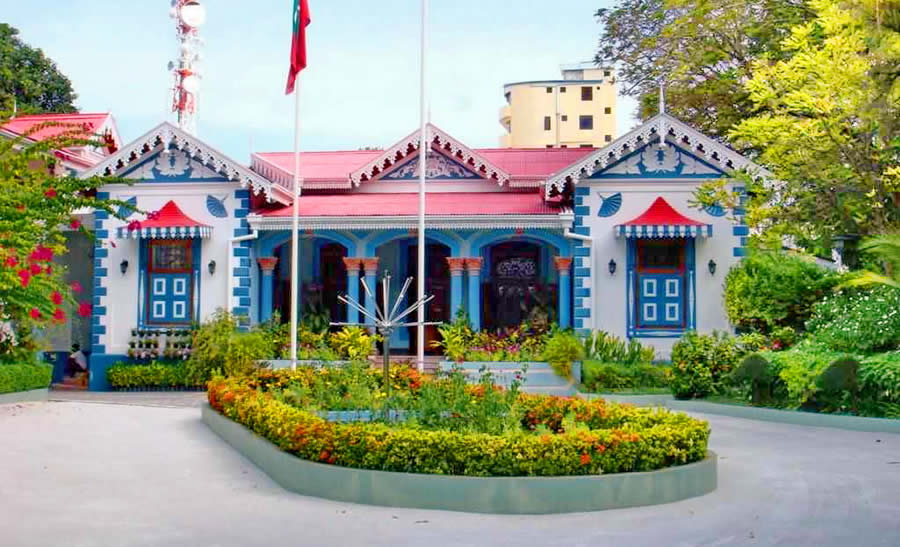
Sultan Park
Just from Muleeage is one of the last green spots on the island. Sultan Park replaces part of the historical palace grounds of the Sultans. It is open to visitors every day, but is surprisingly little used, except on Fridays.
In the southeast corner of the park there is an ancient, compact and fascinating mosque called Kalhu Vakaru Miski. Previously, it was somewhere else, then sold at auction, rebuilt at the resort (now full moon), returned and reconstructed here. You will notice that between the massive carved, coral stones and nails in the wood there is no mortar. The secret is the cornerstone: these blocks show locked double doors and a padlock.
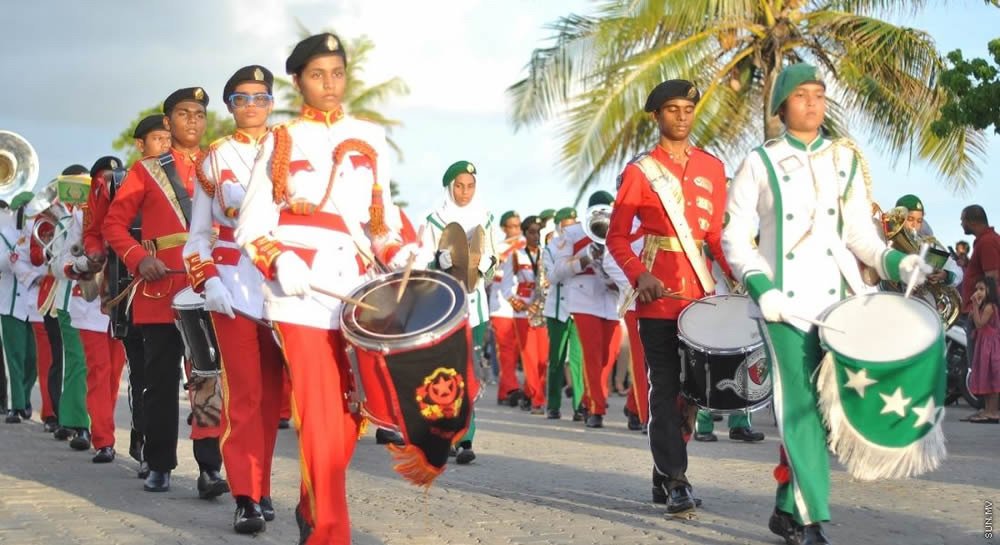
Islamic Center
At the other end of the spectrum is the Islamic Center, a mosque that holds 5,000 people each week for Friday prayers. This is a good example of modern Islamic art, built in 1984. Visitors can be found between the hours of prayer.
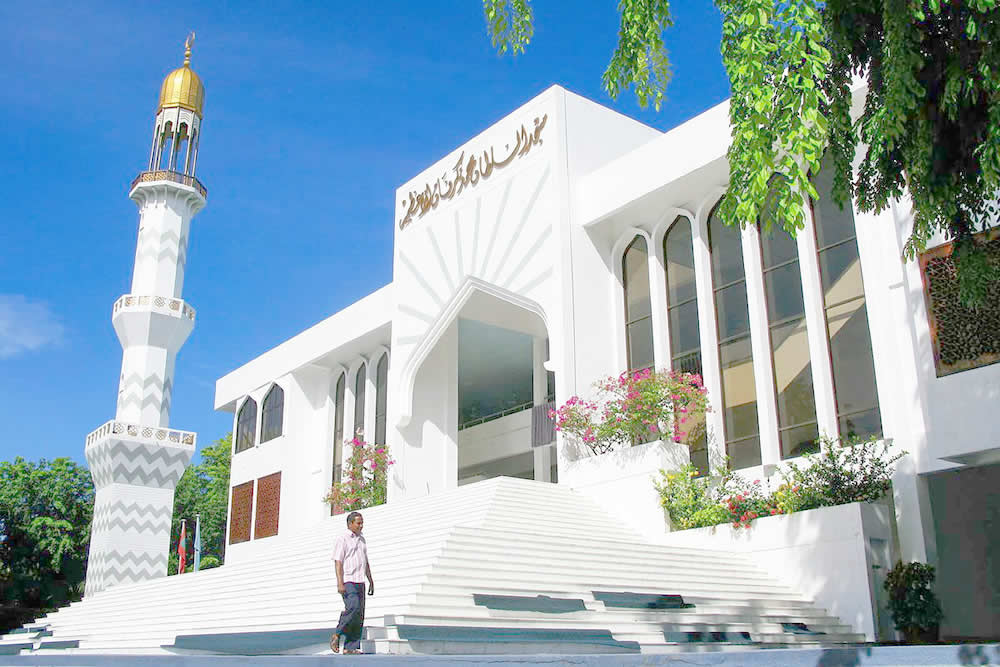
National Gallery & National Museum
I would like to specifically mention here the National Gallery, which is located on the main North-South shopping street, Chandani Magu and on the edge of Sultan Park. They do a wonderful job, trying to show national and international artwork and changing exhibitions. The museum's exhibits are priceless, but not very well displayed.
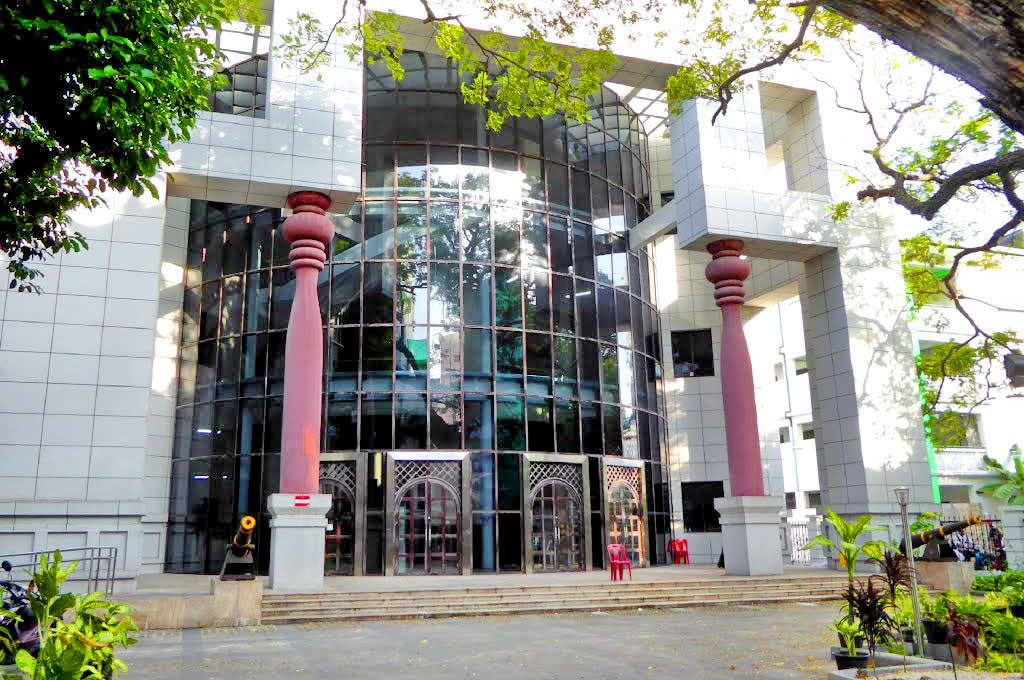
Promenade
If you have a little more time to explore the capital of the Maldives, then head to the eastern shore where you will find an artificial beach and a large paved area where men and children play, especially at sunset hours every day. Here you can take a walk along the beach right around the whole island, including the Boduthakurufaanu promenade.
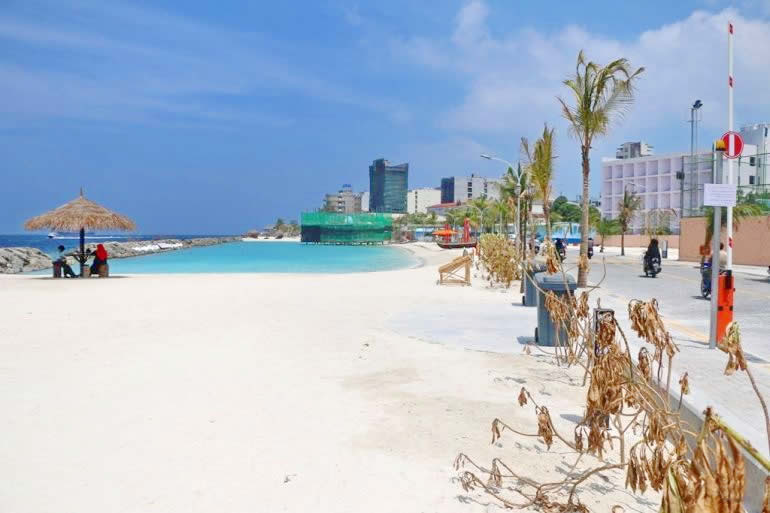
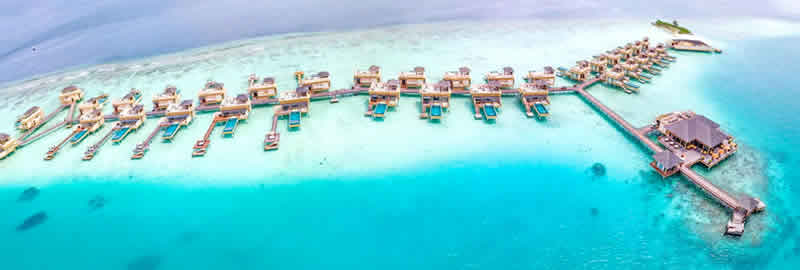
Maldives Luxury Guide
Here's the best of Maldives for luxury travellers. We've compiled the finest recommendations of places to stay, ranging from the most celebrated five-star resorts to luxurious private islands Read More
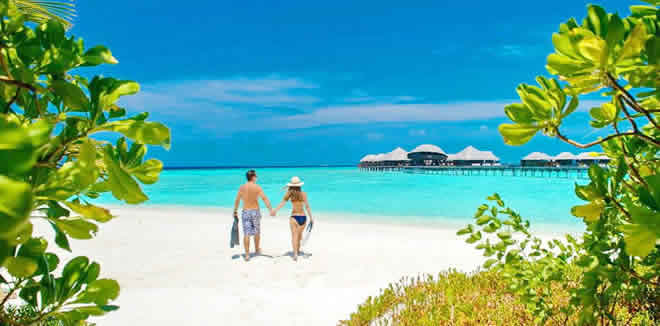
Maldives Romantic Guide
The ultimate ‘flop and drop' and honeymoon destination, the Maldives is the playground for the most amazing and finest utilization of each second of this extremely valuable and hopeful time with each other in tota Read More
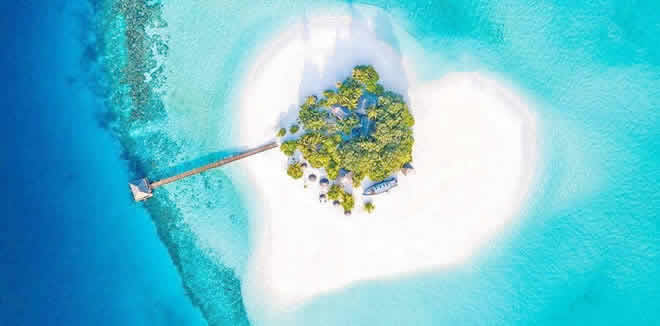
Maldives Budget Guide
Budget travellers choose Maldives as their destination of choice thanks to the variety of affordable stays Read More
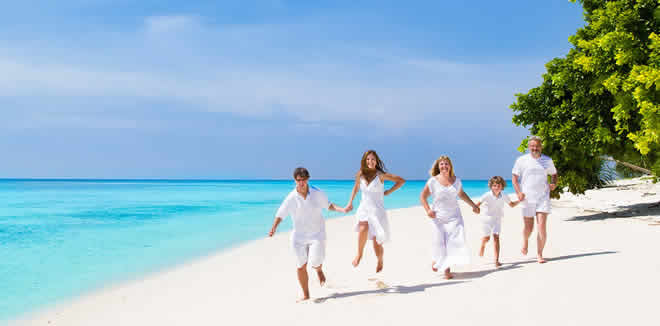
Maldives Family Guide
Maldives - a name that became synonymous with honeymooners' paradise in the tourism world, has slowly Read More
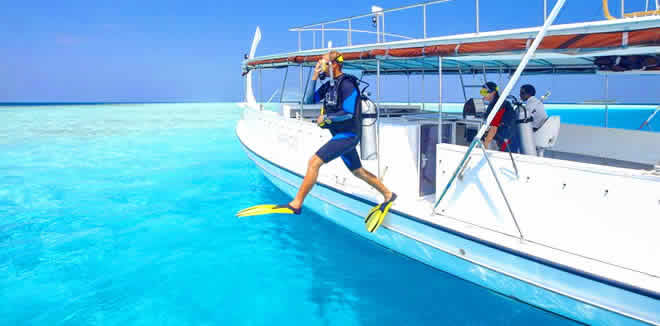
Maldives Diving Guide
The life of these paradise islands below the Indian Ocean's level is the main draw attracting thousands of divers Read More

